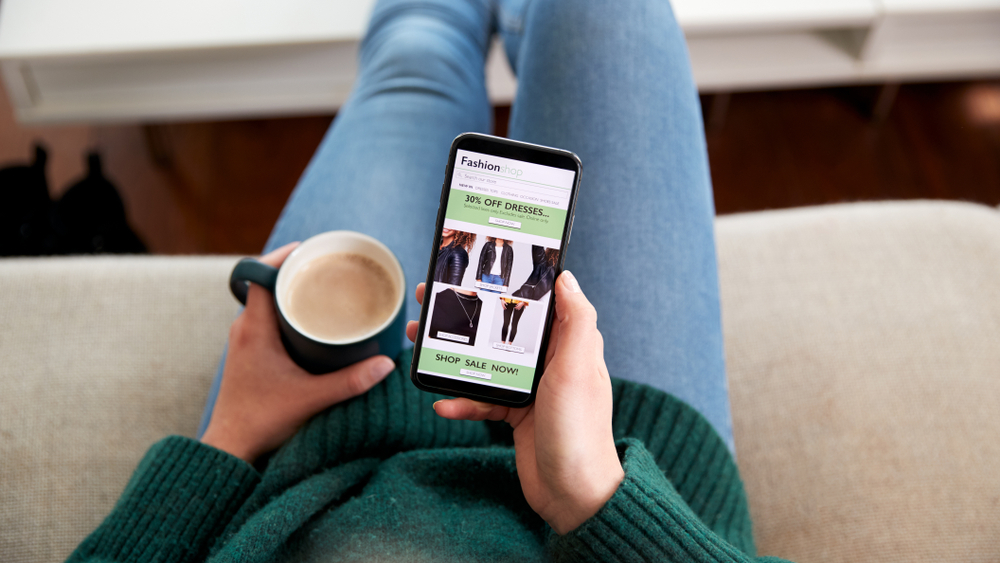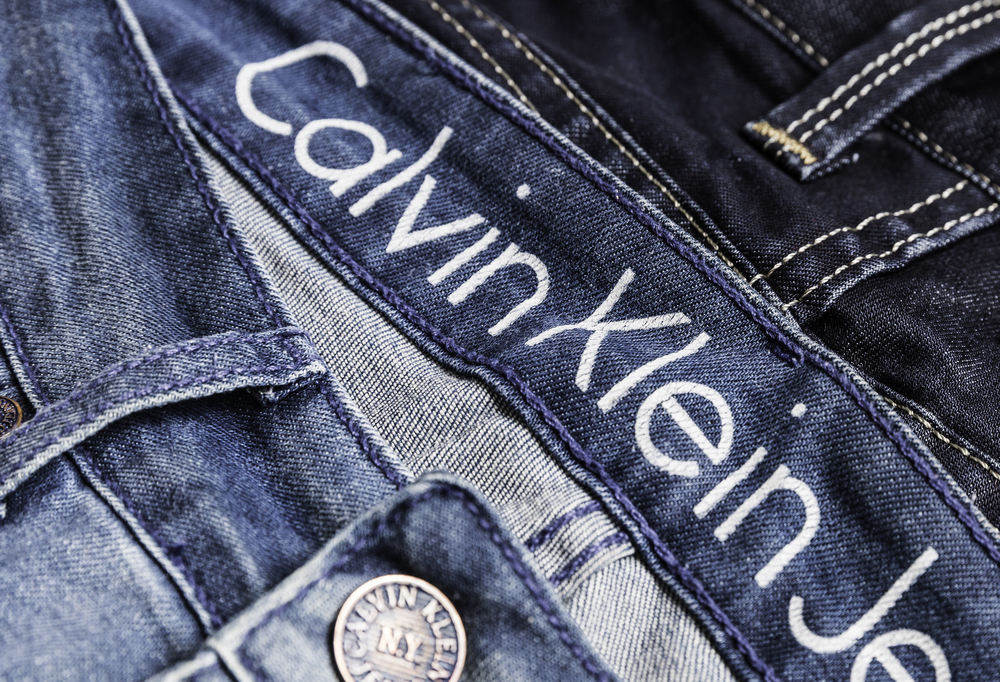There is a long-standing reason for businesses to register multiple top-level domains (TLDs) or new generic top-level domains (ngTLDs): they see it as a form of brand protection. Google, for instance, owns various misspelled domains—think Gogle.com, Googel.com and Gooogle.com—to cover its bases. But typos aren’t the only reason why brands decide to grow their domain portfolio. And Google certainly isn’t alone in doing so:
- Yahoo owns 5M+ domains
- Bank of America owns 13,000+ domains
- Nike owns 4,000+ domains
- Starbucks owns 2,000+ domains
Sure, a robust domain portfolio can safeguard your intellectual property and ensure others (competitors, disgruntled customers) can’t use an extension in protest. And while too many organizations only buy these domains so others can’t, others are benefitting by putting multiple URLs to use. Here’s what those companies know domain names can do:
1. Grow Your Customer Base

In the race to attract new customers, a website can make or break your brand. People searching for a niche product or service will gravitate toward the site that best communicates how a brand can solve their unique problems—and going beyond .com can help convey that message right from the get go. Instead of simply sitting on the ngTLDs you’ve collected, use them to direct customers to your various web pages.
A robust domain portfolio also makes it easier to communicate with various audience segments. Do you advertise in multiple countries? Use ccTLDs (country code top-level domains) that speak to each region’s specific needs, whether they require different marketing tactics or a different language.
2. Market Your Goods and Introduce New Products
Whenever you come up with an idea for a new marketing campaign, you should consider how it can come to life using various domains. Holiday sales and brand partnerships, for example, can both benefit from having their own online space.
The same goes for new products that your company launches. You can obviously promote these on your primary site, but could also take advantage of the other online real estate you own to comprehensively explain why the new product is interesting, what it does and how customers can benefit. (This tactic can be used for your best-selling products, too—not just new releases.)
3. Optimize Your Customer Journey

Your business probably has multiple keywords that it wants to rank for online. Well guess what? Owning relevant TLDs and ngTLDs for your brand name and top products can help boost visibility on search engine results pages. Perhaps that’s why Calvin Klein uses CalvinKlein.com, CK.com and Underwear.com.
But that’s not the only way you can help move customers down the funnel. Ideally, the sites your online ads direct customers to should reflect where they’re at in their buying journey. An ngTLD can be tailored to specific pay-per-click campaigns to encourage conversions.
4. Give Back to Your Community
Does your brand support a cool community project or charity initiative? It might warrant its own ngTLD that contains detailed information about the whats, whys and hows. For instance, the URL Everlane.com/sustainability works—but does little to elicit an emotional response. When building these pages on your site, you need to think outside the box.
If your organization is centered around a specific issue, you can use an ngTLD to amplify your voice and stance. ClimateChange.Sucks directs users to the homepage for Protect Our Winters, a team of outdoor sports enthusiasts dedicated to solving the current climate crisis.
5. Solicit Feedback and Own Your Sh*t
Speaking of .SUCKS, have you ever thought to give your customers a dedicated space to share complaints and feedback? Today’s customers are quick to leave a bad review on sites like Facebook, Twitter and Yelp, which could be detrimental to your brand. Get ahead of the negativity with a dedicated ngTLD like [Company].Sucks—it’s perfect for letting customers air their grievances and informing them how you’ll create change.
If your brand has messed up in the past, ngTLDs like .SUCKS are also great for owning up to mistakes. We’ve got plenty of ideas for how Amazon could do this…
The Takeaway
It’s time to put your domain portfolio to work. Owning multiple domains to protect your brand is smart—but it’s not enough. There are so many creative, exciting and lucrative things you can do with your standard TLDs and unique ngTLDs these days. And since you probably already own them, you really should take advantage.
Get in touch to find out how you can use an ngTLD like .SUCKS to grow your online presence and progress your brand.
Photo Credits: fizkes / Shutterstock Inc., Monkey Business Images / Shutterstock Inc., Gustavo Frazao / Shutterstock Inc.










